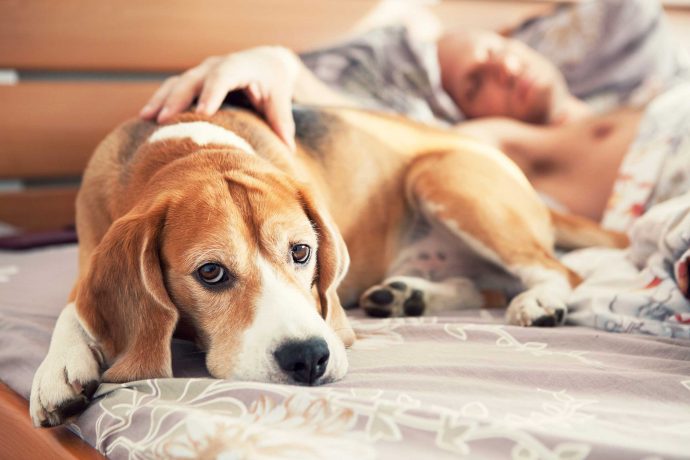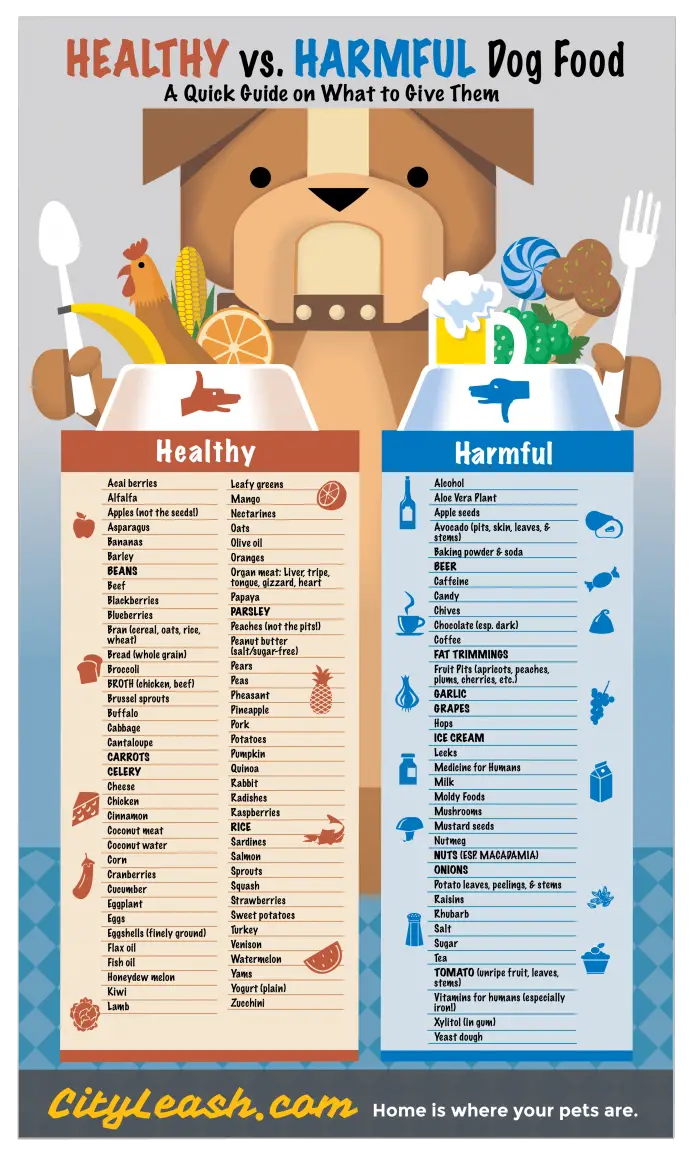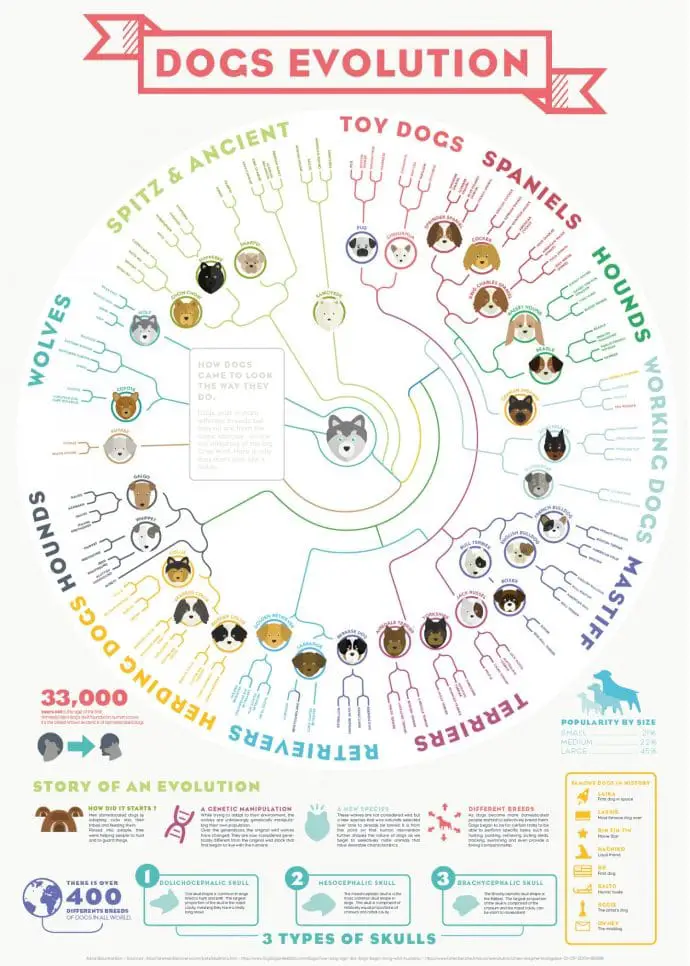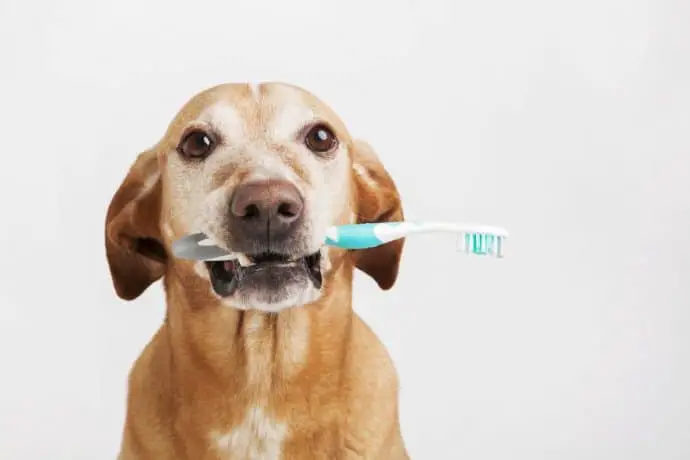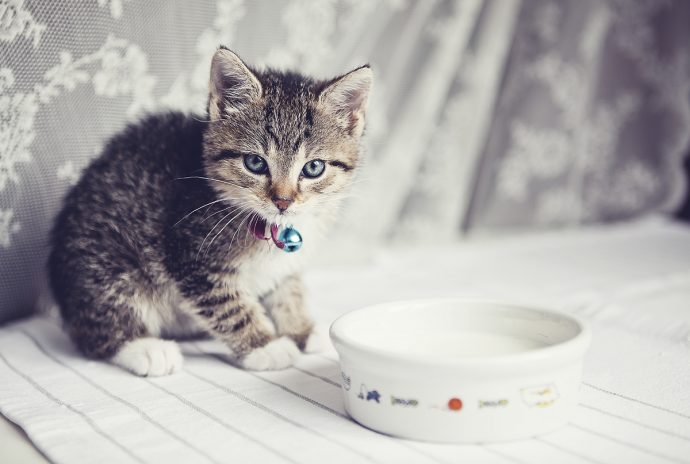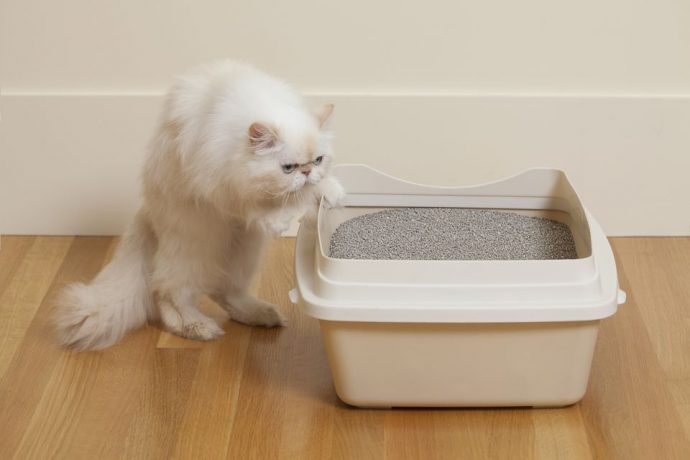Owning a pet means that you’re prepared to commit time, money and lots of love to the relationship. Yet even if you’re a tremendously responsible pet-owner, chances are that there’s a lot that you don’t know about how to give your pet the best care.
image source: here
You can give your pet basic nutrition, exercise, grooming and attention. Or, you can go the extra step and hit the pet-owner’s casino online jackpot
prize by listening to some of the top veterinarians, animal behaviorists, nutritional experts and others to provide your pet with the best possible love and care.
image source: here
Evolution of Pets
Dogs were the first domesticated animals, coming to live with humans as companions anywhere from 13,000 to 30,000 years ago. Skeletal remains found in ancient structures in Europe, Russia and in other locations around Australia and Asia suggest that the practice of bringing dogs in to humans’ homes was a widespread phenomenon.
image source: here
The earliest domesticated dogs seem to have been tame wolves who were attracted to garbage dumps that were located near early human settlements. The animals that weren’t aggressive yet were brave enough to approach humans were rewarded by being fed. Eventually those canines evolved, losing their strong jaws and sharp teeth and developing smaller noses. This initial process of “self-domestication,” led to breeding which humans required for help with guarding, hunting and herding At some point humans began to breed dogs because they wanted them to be more cuddly and pet-like.
Until recently it was believed that cats had only been domesticated for a few thousand years but recent archaeological findings indicate that cats were pets – at least in some areas of the Mediterranean — anywhere from 8000 to 12,000 years ago when societies turns from hunting and gathering to farming and storing Cats were quickly identified as useful creatures to keep the mice and rat populations at bay and, in the words of one researcher, “domesticated themselves.”
Today both dogs and cats are valued, both in public live as TV and comic strip stars and in private homes as loving pets. The phenomenon of service animals has also evolved in the last decade and the ways in which loving pets can be useful to their owners is endless.
Hints for Pet Owners
Regardless of whether you keep a pet as a companion or for a purpose, you want to make sure that you care for the animal in the best way possible.
image source: here
Some of the animal specialists’ top hints for pet owners include:
Feeding a Dog
If your dog is a healthy weight, consider the free-choice feeding method. That means that you aren’t tied to feeding the dog at one specific time when he gulps down his meal in minutes and then begs for more food for the other 23 hours of the day. Consider leaving dry food out for him all day. The dog can graze at his leisure. You can still give him the yummy canned food at dinnertime, but during the other times, he has food to eat if he wants and you don’t have to be concerned that he’s hungry.
image source: here
Brushing your Dog’s Teeth
Dogs can suffer from gum disease, tooth loss, and toothaches just as humans do. Additionally, many dog owners know exactly what bad doggy breath smells like – BAD. So is it really worth brushing your dog’s teeth? Yes. Brushing the dog’s teeth can prevent
image source: here
- the build-up of plaque, tartar, and calculus
- gingivitis and gum disease
For an easy way to get your dog’s teeth brushed, squeeze some enzymatic doggie toothpaste onto a rope toy or a Nylabone and let your dog start chewing.
Don’t forget to check your dog’s mouth periodically for broken or fractured teeth or orthodontic problems.
Milk for Cats
The image of a cat lapping its milk is one that everyone knows, but in point of fact, milk is not the ideal nutritional food for cats. Cats need food with a high fat content which today’s supermarket milk does not have. Some cats may like the milk for its taste but for many cats, it’s not easy to digest because after a kitten is weaned, the lactase — the enzyme that enables them to digest milk – starts to disappear from their gut. If your cat likes milk you might want to give her a little here and there as a treat but keep the levels low and infrequent.
image source: here
Training a Cat
The myth that you can’t train a cat is helpful for lazy cat owners but if you want to do a bit of work you can train your cat.
image source: here
Most people let cats move at their own pace because they seem to be able to train themselves to do what they need to do – use the litter box, hunt and kill vermin, etc. Also, an untrained cat isn’t generally as bothersome as an untrained dog.
If you remember that the basic premise of training an animal is to reward a desired action with a reward, you can train your cat. One of the main differences between training a dog and a cat is that dogs tend to crave praise – they WANT to please their human. Cats don’t really seem to care. However, just as dogs can generally be trained by using food as a reward, using food to reward a desired behavior can work as well for a cat.
It takes patience and perseverance to train a cat
- First, identify a treat that the cat loves.
- Secondly, keep your training sessions short
- Thirdly, try to catch the cat doing what you wish it to do and reward her – you’ll generally find that she tries to do it again and again to attain the reward.
Owning and caring for a pet is more than instinct. Check out the literature about your pet n order to provide it with the best care possible.

